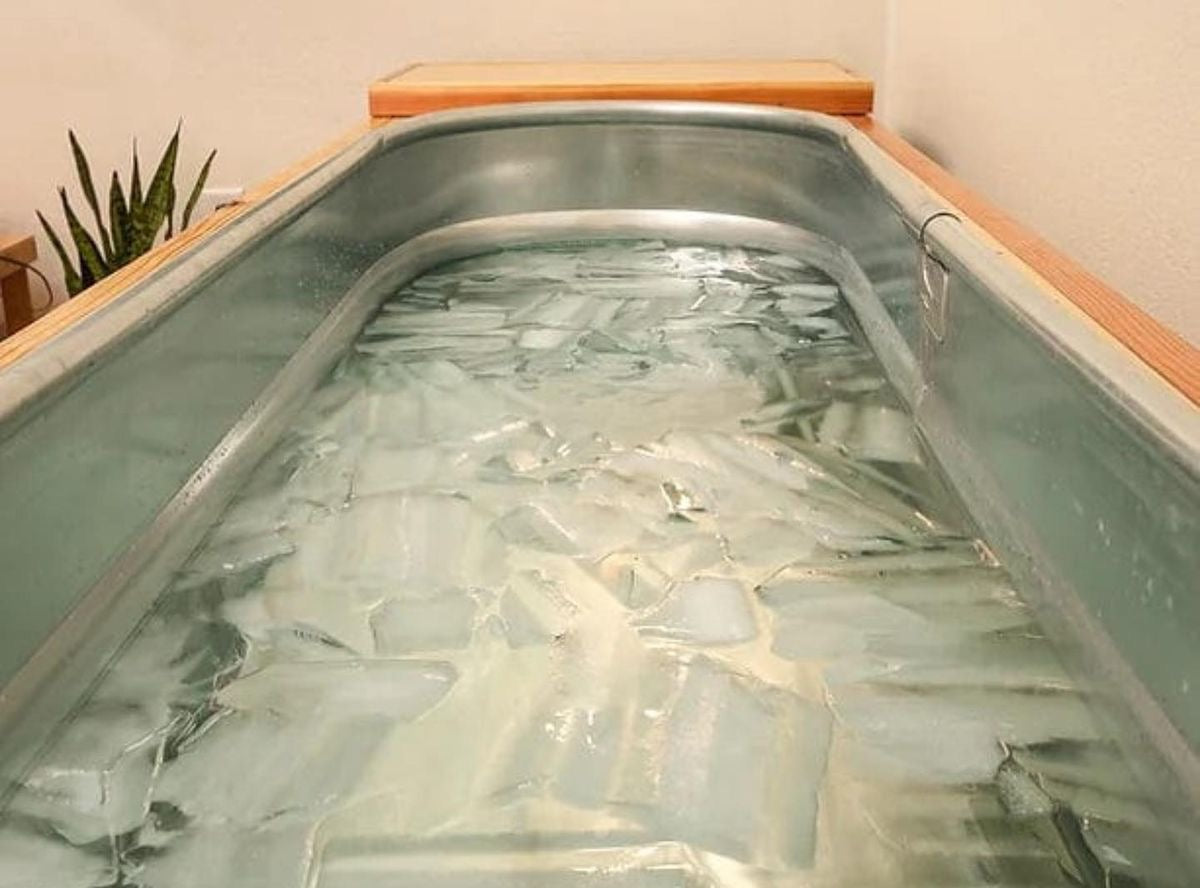Ever looked at your murky Cold Plunge Tub and wondered, “Can I reuse this swampy Ice Bath?” Short answer: yes—but only if you clean it like a pro. From saving water to smarter sanitising, this guide dives into Cold Plunge water reuse without turning your Ice Bath Tub into a science experiment.

The Essential Role of Water Quality in Your Cold Plunge
Understanding the Risks of Unmaintained Cold Plunge Water
Potential Health Hazards and Skin Irritations
Water that's not maintained can become a breeding ground for bacteria and algae. These can lead to rashes, skin irritation, and other infections.
If the water smells odd or looks cloudy, it’s time for action.
Impact on Equipment Lifespan and Efficiency
Unfiltered water can clog pumps, damage chillers, and reduce the lifespan of your equipment.
Poor maintenance often results in costly repairs or replacement.
Key Factors Influencing Water Cleanliness
User Hygiene Practices Before Plunging
Rinsing off before using your Ice Bath Tub is one of the easiest ways to preserve water quality.
It reduces oils, lotions, and sweat from mixing in.
Environmental Contaminants and Debris
Outdoor setups attract leaves, insects, and dust.
These not only make your water dirty but also clog filtration systems.
The Threat of Stagnation and Bacterial Growth
Still water is a playground for harmful bacteria.
Without circulation, your Cold Plunge Tub can quickly become unsafe.
Practical Strategies for Safe and Effective Water Reuse
Implementing a Regular Water Management Schedule
Determining Optimal Water Change Frequency (Based on Usage & System Type)
Water should generally be replaced every 1–2 weeks if used daily.
In warmer weather or high-traffic use, it may need changing more often.
Filtration type and user hygiene affect this interval.
Best Practices for Draining and Refilling Your Plunge
Use a submersible pump for quick drainage and clean your tub before refilling.
Always use fresh, clean water—filtered if possible.
Leveraging Filtration and Circulation Systems
Types of Filtration Systems for Cold Plunges
Basic filters include cartridge filters, sand filters, or even aquarium filters for small plunges.
Larger setups may benefit from ozone or UV systems.
The Importance of Consistent Water Circulation
Movement prevents stagnation and helps keep water fresh.
A circulating pump improves cleanliness and supports chemical distribution.
Routine Filter Cleaning and Timely Replacement
Dirty filters reduce effectiveness.
Rinse weekly and replace monthly or as recommended by the manufacturer.
Mastering Water Sanitation and Chemical Balance
Key Water Chemistry Parameters (pH, Alkalinity, Calcium Hardness)
Keep pH between 7.2–7.8, alkalinity around 80–120 ppm, and calcium hardness between 150–250 ppm.
These prevent corrosion and skin irritation.
How to Test Your Cold Plunge Water Effectively
Use test strips or a digital testing kit to check chemical levels 2–3 times a week.
Adjust based on results.
Safe and Recommended Sanitiser Options (e.g., Hydrogen Peroxide)
Hydrogen peroxide and non-chlorine shock are safer for cold water than standard pool chemicals.
Use as directed for sanitisation.
When and How to Use Shock Treatments for Deep Cleaning
Shock your system weekly or after heavy use.
Follow product instructions and avoid plunging until levels return to normal.
Chemicals to Avoid in Your Cold Plunge Water
Avoid chlorine, bromine, and harsh algaecides.
These can damage your Cold Plunge Tub and irritate skin.
Daily and Weekly Maintenance Routines
The Importance of Pre-Plunge Showering
Encourage users to rinse before use.
It’s the first line of defence in keeping water fresh.
Skimming Debris and Keeping Water Clear
Use a fine mesh skimmer to remove leaves, bugs, or dirt daily.
This prevents debris from sinking and rotting.
The Benefits of Covering Your Cold Plunge When Not in Use
A fitted cover helps prevent heat loss and blocks dust, debris, and insects from contaminating the water.
Thorough Cleaning of the Tub's Interior and Exterior
Scrub the inside with a non-abrasive cleaner every time you drain the plunge.
Don’t forget to clean the outer surfaces too.
Enhancing Your Cold Plunge Longevity and Experience

Optimising Your Cold Plunge Setup for Hygiene
Ideal Placement (Indoor vs. Outdoor, Ventilation)
Outdoor plunges need shade and covers.
Indoor ones require good ventilation to prevent mould or mildew.
Ensuring a Clean Source for Ice (If Applicable)
If using ice, make sure it’s clean and food-grade.
Contaminated ice can affect water quality.
Addressing Common Water Quality Challenges
Troubleshooting Cloudy or Odorous Water
Cloudiness can signal improper pH or bacteria.
Use test strips and shock treatment to correct it.
When to Consider Professional Maintenance or Advice
Persistent issues may require expert help.
If filters constantly clog or odours persist, consult a technician.
The Sustainable Benefits of Proper Cold Plunge Maintenance
Clean water means fewer replacements.
That saves water and reduces your environmental impact.
Sustainability starts with smart hygiene practices.
Takeaways:
-
Yes, you can reuse Cold Plunge water safely with the right tools and habits.
-
Filtration, circulation, and chemical balance are essential for water longevity.
-
Cover your plunge, shower first, and monitor water quality regularly.
Conclusion:
Reusing Cold Plunge water isn’t just eco-friendly—it’s economical and smart.
With a little planning and routine care, your Ice Bath Tub or Cold Plunge Tub can stay crystal clear and refreshing for every dip.






